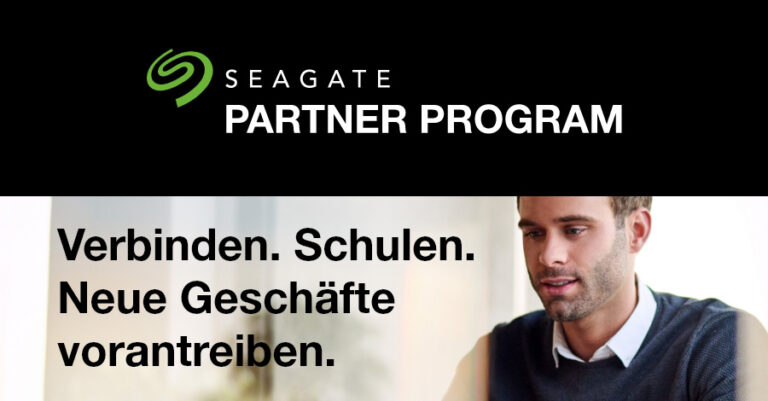Server-Side Request Forgery (SSRF) has emerged as one of the most quietly destructive, often flying under the radar of traditional security tools. While not a household term, SSRF has become increasingly relevant to organiSations operating complex digital infrastructures, particularly those with cloud-native or hybrid deployments.
This article takes a closer look at SSRF: what it is, why it’s dangerous, and how solutions from A10 Networks can help organisations detect, defend, and stay resilient against this elusive threat.
What Is SSRF and Why Does It Matter?
At its core, SSRF is a type of attack that exploits the trust a server has in itself or its internal network. An attacker leverages this by sending crafted requests that trick the server into fetching data from unintended destinations, sometimes from within its own private network, sometimes from restricted services like cloud metadata endpoints.
Consider a scenario where an application is programmed to retrieve external resources, like images or JSON data, from user-supplied URLs. If the server doesn’t properly validate these inputs, an attacker could manipulate the request to reach internal services, access sensitive information, or pivot deeper into the infrastructure. Crucially, these requests originate from inside the network, often bypassing perimeter defences.
In practical terms, this can result in exposure of credentials, internal reconnaissance, or even full compromise of systems that were never meant to be accessible externally.
The Real-World Impact of SSRF
SSRF is not just theoretical, it has been a root cause in several high-profile security breaches. In environments where microservices communicate over internal protocols, or where cloud providers expose sensitive metadata APIs to internal IP addresses, SSRF can become a bridge to devastating consequences. For example:
- Cloud Credential Theft: Attackers may access AWS or Azure metadata endpoints to extract temporary tokens and escalate privileges.
- Internal Resource Enumeration: Mapping services not exposed to the internet, such as admin interfaces or configuration files.
- Firewall Circumvention: SSRF allows adversaries to bypass restrictions by routing through trusted internal servers.
- RCE and Data Exfiltration: In combination with other misconfigurations, SSRF can become a vector for executing commands or siphoning data.
These aren’t edge cases, they’re increasingly common in complex deployments where visibility and control gaps exist.
Strategic Mitigation Through A10 Networks
Addressing SSRF requires a layered, application-aware approach. This is where A10 Networks provides real value.
1. Application Delivery Controllers (ADC)
A10’s Thunder ADC isn’t simply about optimising application performance; it’s also a critical enforcement point for security. With advanced request inspection capabilities at Layer 7, Thunder ADC can detect and block attempts to access internal or blacklisted resources, enforce domain-specific whitelists, and validate URL parameters in real time. This drastically reduces the risk surface for SSRF exploitation.
2. Intelligent Web Application Firewall (WAF)
A10’s WAF technology provides deep inspection of HTTP/HTTPS traffic with context-aware filtering. It goes beyond signature-based rules to identify behavioral anomalies and logic flaws that typify SSRF attempts, such as redirect loops, internal IP references, or malformed request headers.
With flexible deployment models and policy controls, A10’s WAF empowers security teams to build precise rulesets that defend against both classic and emerging SSRF patterns.
3. Behavioural Anomaly Detection
Perhaps most importantly, A10 leverages behavioural analytics to flag outbound traffic that deviates from expected norms. This is particularly effective for spotting blind SSRF, where there may be no immediate response or error, just a subtle shift in how the server communicates externally.
By monitoring traffic patterns and correlating request behaviors, A10 helps organisations stay ahead of stealthy exploits that often evade conventional tools.
Summary: What Organizations Should Do Next
Mitigating SSRF is not about plugging a single hole; it’s about reinforcing the layers of your application stack with smarter, more adaptive tools. Here’s a brief recap of how A10 Networks supports that mission:
| Attack Vector | Risk Outcome | A10 Solution |
|---|---|---|
| Malicious URL Injection | Data leakage, internal access | ADC URL validation & filtering |
| Metadata Service Abuse | Credential compromise | WAF blacklists sensitive IPs |
| Redirect Exploits | Evasion of detection | Behavioral redirect monitoring |
| Blind SSRF | Hidden internal mapping | Anomaly detection & logging |
As infrastructures become more interconnected and dynamic, vulnerabilities like SSRF are no longer rare or isolated. They’re part of a broader shift in how attackers target trust relationships within digital systems.
A10 Networks brings to the table not just technology, but a philosophy of intelligent, scalable, and context-aware defense. Whether you’re securing a legacy application or a multi-cloud environment, the tools are there to stay ahead of SSRF and similar threats.
Contact our experts today to discuss A10 Networks Solutions: https://exertisenterprise.com/a10-networks/


